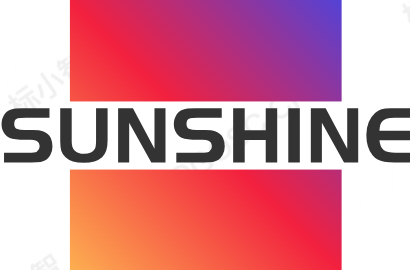What style of decoration does Thailand belong to
1. Traditional Thai style
Features: Inspired by temple architecture and royal palaces, full of religious culture and handmade art atmosphere.
Material: Natural materials such as teak, gold foil, colored glass, hand-painted silk, rattan weaving, etc.
Decoration: intricate wood carvings (such as lotus flowers, Buddha statues, and mythical animal patterns), pointed door frames, golden borders, and Buddhist niche designs.
Color: Intense gold, red, green, paired with a dark wooden tone.
Space layout: Open plan hall, emphasizing ventilation, commonly featuring a high roofed structure (due to the demand of tropical climate).
2. Thai Rural style
Characteristics: Simple and natural, reflecting the lifestyle of northern Thailand (such as Chiang Mai) and rural areas.
Material: Raw materials such as bamboo, thatch, clay bricks, coarse hemp cloth, etc.
Elements: Handmade textiles, pottery jars, tropical plants (such as banana leaves and orchids), small water gardens.
Color: earthy tones (beige, brown, light green), complemented by local bright color accents.
3. Thai Modern Style
Features: Simplify traditional elements, combine modern minimalism and functional design.
Material: concrete, stone, stainless steel, with locally preserved teak or rattan weaving.
Lines: Clean and neat, paired with traditional symbols such as simplified Buddha head sculptures and geometric patterns.
Color: Neutral colors (white, gray, beige) are the main colors, highlighted with gold or sapphire blue.
4. Thai Colonial style
Characteristic: Influenced by Western colonialism in the 19th century, blending European and Thai elements.
Typical design: high ceiling, blinds, French arches, paired with Thai wooden furniture and tropical plants.
Representative areas: Bangkok’s Old Town and historical buildings in Hua Hin.
5. Thai Resort Style
Characteristic: Emphasizing leisure and nature, commonly found in villas and hotels.
Elements: Open layout, infinity pool, thatched roof, outdoor shower, abundant greenery.
Atmosphere: relaxed and transparent, emphasizing light and shadow effects (such as curtains and lanterns).
Core design concept
Natural integration: The boundary between indoor and outdoor is blurred, emphasizing ventilation and lighting.
Religion and Folklore: Details such as Buddhist niches, pictographic decorations, and water bowls reflect cultural beliefs.
This article is from a submission and does not representThailand Interior Decoration _ House Interior Decoration _ Decoration Design Company-Sunny Cottageposition,If reproduced, please indicate the source:https://www.decorationbydiana.com/21908/
